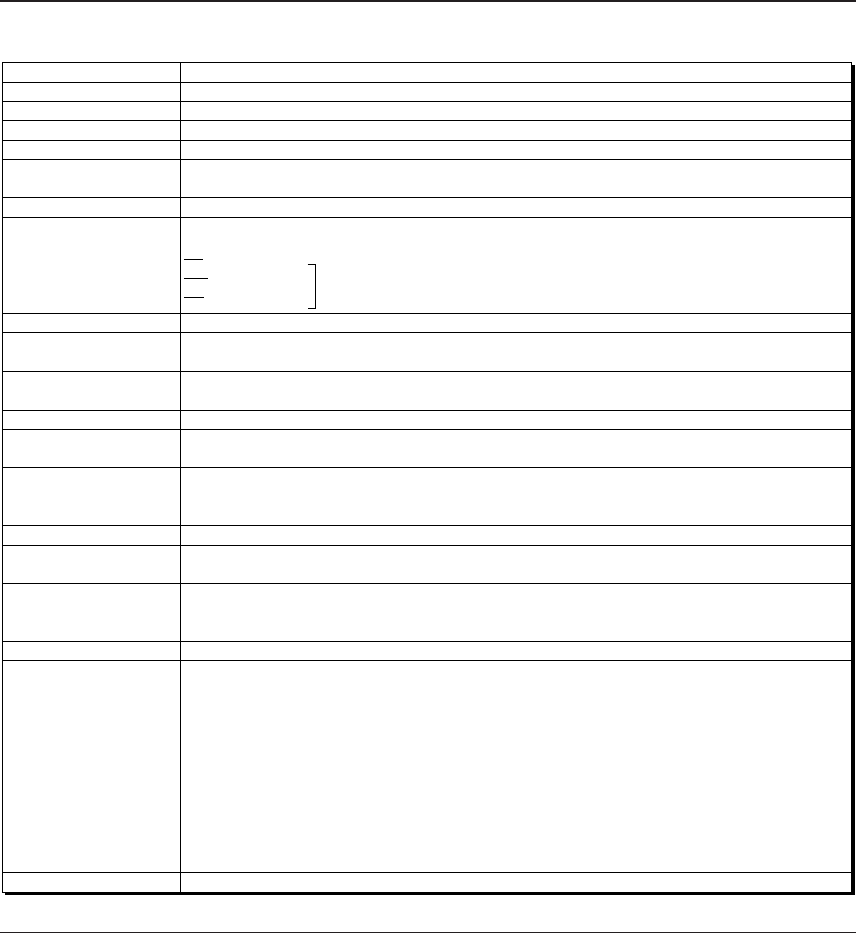
S1C88650 TECHNICAL MANUAL EPSON 1
1 INTRODUCTION
1 INTRODUCTION
The S1C88650 is an 8-bit microcomputer for
portable equipment with an LCD display that has a
built-in LCD controller/driver and a character
generator (kanji) ROM. This microcomputer
features low-voltage (1.8 V) and high-speed (8.2
MHz) operations as well as low-current
consumption (2.5 µA during standby).
The LCD controller/driver contains an LCD drive
power supply circuit and can drive an maximum of
126 × 32-dot LCD panel in low-power consumption.
The S1C88650 has a built-in 11 × 12-dot kanji font
ROM that contains JIS level-1 and level-2 kanji sets,
other characters and user-defined characters, this
makes it possible to display kanji characters
without any external kanji font ROM (refer to
Appendix B, "USING KANJI FONT"). This 8-bit
CPU has up to 16MB accessible address space
allowing easy implementation of a large data
processing application.
The S1C88650 is suitable for display modules,
portable CD/MD, solid audio players, PDA, data
bank and other applications that required an
exclusive LCD driver in conventional systems.
Core CPU
Main
(OSC3)
oscillation circuit
Sub
(OSC1)
oscillation circuit
Instruction set
Min. instruction execution time
Internal ROM capacity
Internal RAM capacity
Bus line
Input port
Output port
I/O port
Serial interface
Timer
LCD driver
Watchdog timer
Supply voltage detection
(SVD) circuit
Interrupt
Supply voltage
Current consumption
Supply form
S1C88 (MODEL3) CMOS 8-bit core CPU
Crystal oscillation circuit/ceramic oscillation circuit 8.2 MHz (Max.), or CR oscillation circuit 2.2 MHz (Max.)
Crystal oscillation circuit 32.768 kHz (Typ.), or CR oscillation circuit 200 kHz (Max.)
608 types (usable for multiplication and division instructions)
0.244 µsec/8.2 MHz (2 clock)
Address bus:
Data bus:
CE signal:
WR signal:
RD signal:
8 bits (4 bits can be used as the source clock inputs for PWM timers and 1 bit as a bus request signal input)
0–3 bits (when the external bus is used)
26 bits (when the external bus is not used)
48K bytes/program ROM
896K bytes/kanji font ROM (can be used for a program and data ROM when no font data is stored.)
8K bytes/RAM 768 bytes/display memory
8 bits (when the external bus is used)
16 bits (when the external bus is not used)
1 ch (optional clock synchronous system or asynchronous system)
Programmable timer:
Clock timer:
Built-in (1–8 second cycles)
13 value programmable (1.8–2.7 V)
External interrupt:
Internal interrupt:
1.8–3.6 V
SLEEP mode: 1 µA(Typ.)
HALT mode: 2.5 µA(Typ.) 32 kHz crystal, LCD OFF
10 µA(Typ.) 32 kHz CR, LCD OFF
7.6 µA(Typ.) 32 kHz crystal, LCD ON*, V
DD = 2.5–3.6 V
Run state: 9 µA(Typ.) 32 kHz crystal, LCD OFF
15 µA(Typ.) 32 kHz CR, LCD OFF
1700 µA(Typ.) 8 MHz ceramic, LCD OFF
600 µA(Typ.) 2 MHz CR, LCD OFF
14 µA(Typ.) 32 kHz crystal, LCD ON*, V
DD = 2.5–3.6 V
19 µA(Typ.) 32 kHz crystal, LCD ON*, V
DD = 1.8–2.5 V, Power voltage booster ON
14 µA(Typ.) 32 kHz crystal, SVD ON
QFP22-256pin or chip
Dot matrix type (supports 16 × 16/5 × 8 or 12 × 12 dot font)
126 segments × 32, 16 or 8 commons (1/5 bias)
Built-in LCD power supply circuit (booster type, 5 potentials)
20 bits (also usable as general output ports when not used for the bus)
8 bits (also usable as general I/O ports when not used for the bus)
3 bits
1 bit
1 bit
(also usable as general output ports when not used for the bus)
16 bits (8 bits × 2) 4 ch (with PWM function)
1 ch
Input interrupt
Timer interrupt
Serial interface interrupt
1 system (8 types)
2 systems (16 types)
1 system (3 types)
(1 bit can be configured for the bus acknowledge signal output)
(shard with serial interface, FOUT and TOUT terminals)
∗ The current consumption with LCD ON listed above is the value under the conditions of LCDCx = "11 (all on)", LCx = "0FH" and
"No panel load". Current consumption increases according to the display contents and panel load.
1.1 Features
Table 1.1.1 lists the features of the S1C88650.
Table 1.1.1 Main features


















